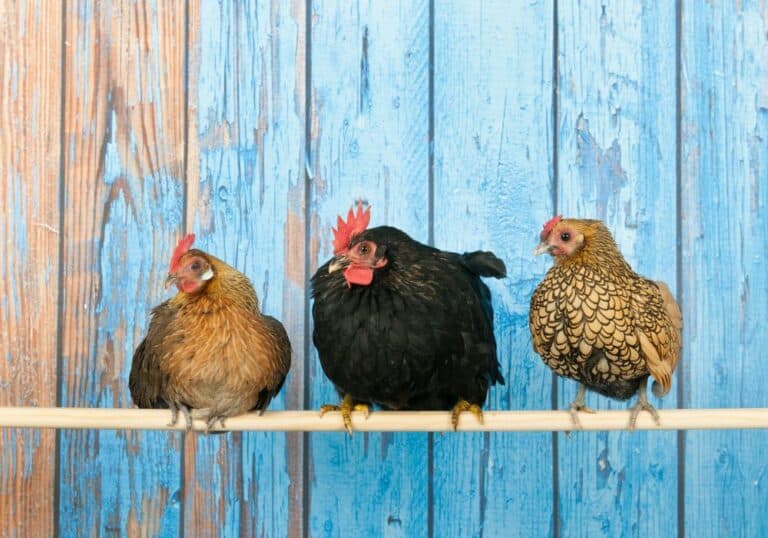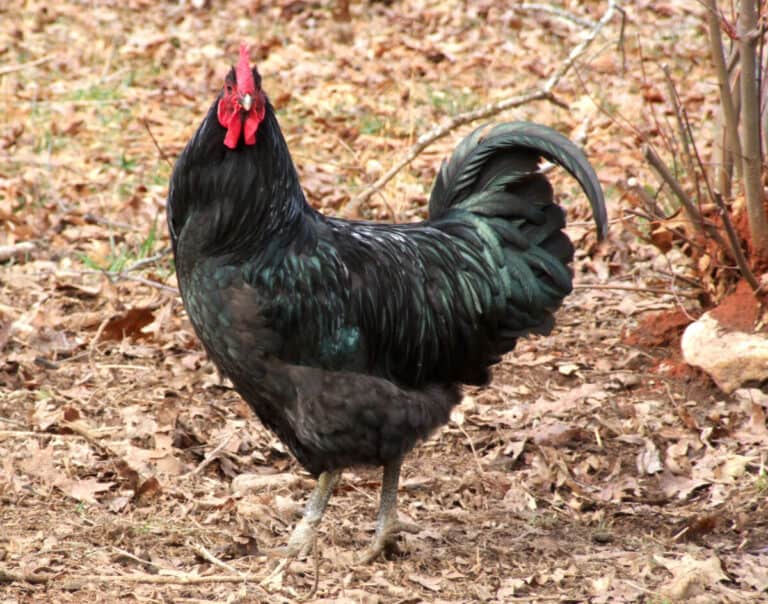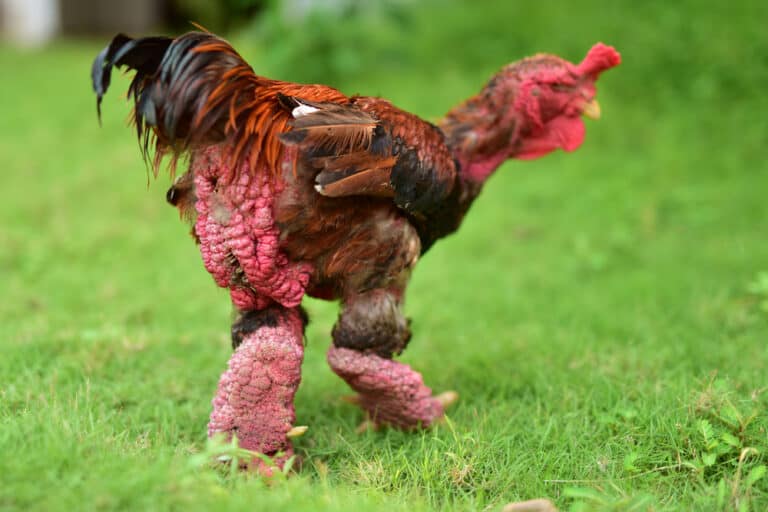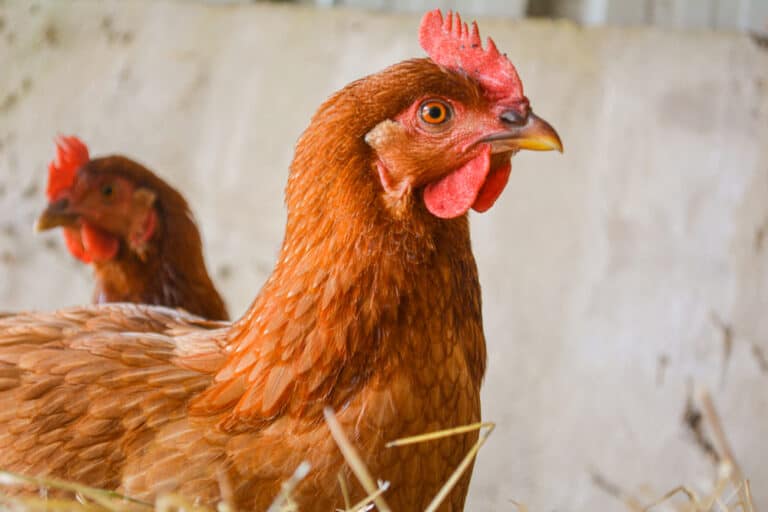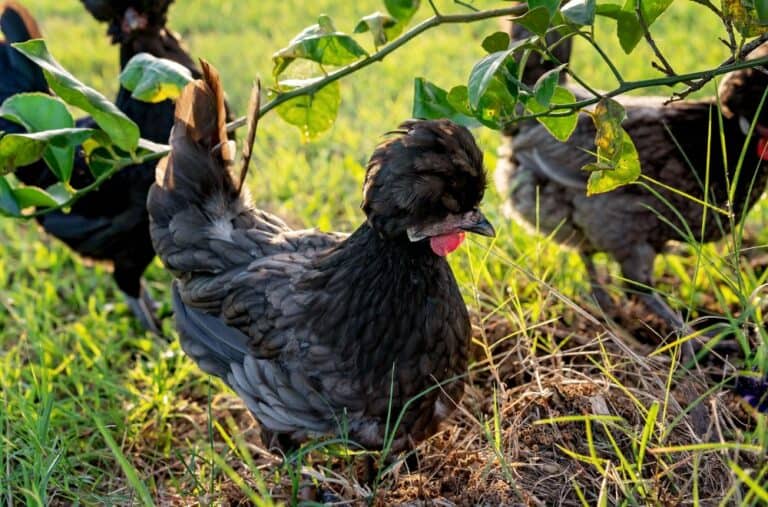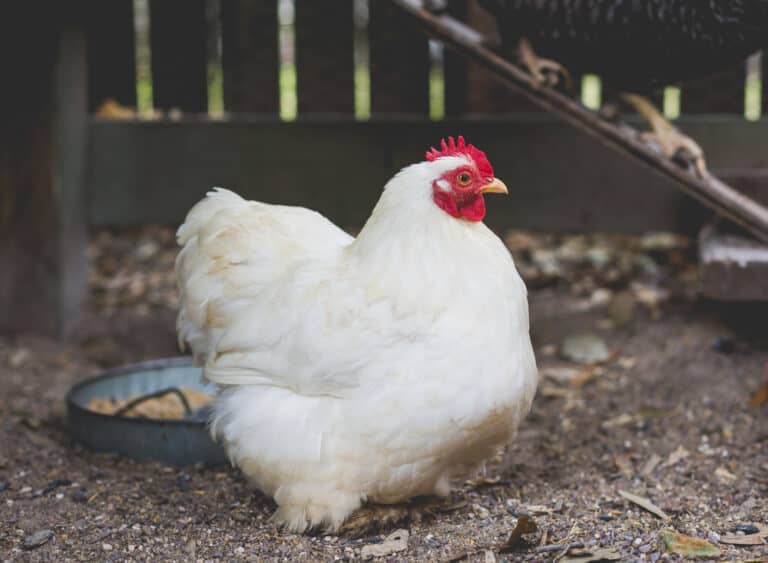More and more people are ready to hatch their own chicks in a chicken Incubator but are unsure about how to properly set it for chicken eggs. Even though it is an artificial method for getting chicks from eggs, the required conditions are the same as for eggs laying under a broody hen.
The difference is that it is your responsibility to set appropriate ventilation, temperature, and humidity levels. Besides, it is necessary to turn eggs a few times a day and keep the device inside clean to prevent possible infections. Let’s do it together!
Temperature and humidity in an egg chicken Incubator |
||||
| Poultry type | Setter temperature | Hatching temperature | Setter relative humidity | Hatching relative humidity |
| Chicken | 99.50 to 101 F(37.5 – 38.33 C) | 98.50 to 98.8 F(36.95 – 37.10 C) | 50% to 55% | 65% to 75% |
Chicken Incubator Settings for Eggs
The first step when deciding to incubate eggs for your own chicks is to buy a chicken Incubator of the desired capacity. Each model should have a heat source you can control by turning a switch and a mechanism to regulate the inside humidity.
Advanced modern models also include features that make the process easier for you, like a fan, automatic egg turner, hatch day countdown, and digital display to show you the inside conditions at any time.
Surrounding environment
Before placing eggs in your new DIY or commercial chicken Incubator, it is crucial to follow a few steps. The first thing to do is to put it on a sturdy table near an electrical outlet and avoid extension cord use. The ideal location is in a free-draft area away from noise and direct sunlight.
Whatever chicken Incubator type you choose, it works best in certain environmental conditions. Room temperature is always a critical factor, meaning you can expect the best results when it is 68 to 78 F (20 – 25.55 C).
Cleaning the chicken Incubator
Clean and sterilize your device, particularly if you use a second-hand or DIY one. Be careful with the electronics to prevent possible damage, and dry the chicken Incubator inside in the end. Only then set it up and let it work for at least 24 hours to ensure everything is in order.
Set up temperature
Chicken eggs require the setter temperature of 99.50 F (37.50 C), but they tolerate limit values from 99 to 102 F (37.20 – 38.90 C). It is critical to understand that more significant variations during the incubation period lead to embryo death.
Even one degree higher or lower than this acceptable range is fatal when lasting over 2 hours. If your chicken Incubator came without a fan, you should set the temperature to 100 to 102 F (37.80 – 38.90 C) because the still air can’t keep eggs warm like the forced air.
The hatching temperature should be a bit lower. The optimal range is from 98.50 to 98.8 F (36.95 – 37.10 C). Keep in mind that too high temperatures accelerate hatchling, while lower ones delay the natural process.
Thermometer advantages
The best option is to have a chicken Incubator with a thermometer and digital display showing the inside temperature at any time. Once you set the required values, there is no need to adjust them.
In regular conditions, you can spot temperature increasing approximately halfway through hatching, resulting from the embryo forming that generates more heat. In this case, you should reduce the chicken Incubator temperature if it reads a variation of +/- 0.50 from the required degree.
If you use a DIY chicken Incubator or a model without a thermometer, you should purchase one. Remember that digital household thermometers have an accuracy range of +/- 0.3 to 0.4, making it unreliable.
Therefore, you should find a specific device for the chicken Incubator. Otherwise, your eggs can start to hatch a few days earlier or later. If you see newborn chicks before the 19th day or they fail to break the eggshell after the 21st day, it means the temp is set incorrectly.
Set up humidity
Eggs require different humidity, depending on the incubation period phase. You should keep the setter relative humidity at 50% to 55% during the first 18 days of incubation. However, conditions change in the last three days, when you should set hatching relative humidity at 65% to 75%.
Humidity variations cause fewer problems than temperature deviation from the norm. Besides, numerous factors affect the relative humidity inside the chicken Incubator, such as:
- Evaporation from eggs
- Evaporation from chicken Incubator water reservoirs
- Ventilation level
- Environment humidity
In ideal conditions, eggs lose approximately 13% to 15% of their weight from the moment of laying to pipping. Inadequate humidity levels can negatively affect this natural process, so you should keep it under control.
Humidity level control
The crucial thing is to do a ventilation adjustment. Besides, half a cup of water or a few small wet sponges placed at the chicken Incubator bottom are enough to maintain inside humidity. You can spot warning signs that this parameter is inadequate.
For instance, water drops on the chicken Incubator top indicate too high humidity, so you should reduce the water level in the cup and wipe off the excess moisture. Otherwise, embryos may drown, causing poor hatch rates.
On the other hand, low humidity levels cause problems in the last incubation period. In most cases, such conditions result in chicks sticking to eggshells and hatch crippled or die soon after hatching.
There is an old trick to immediately notice any possible humidity level deviations in the chicken Incubator. It is enough to add two drops of food coloring to the water channels to check this parameter promptly.
When water becomes darker than in the beginning, it is a sign that humidity level decreases. So, it is time to pour water to the required level.
Another option is to weigh and candle eggs to check the air cell inside. If eggs lose weight too quickly and air cells are more sizable than expected, the humidity level is low, and you should raise it. On the other hand, the too-small air cells indicate an excessive humidity level, so you should reduce it.
Hygrometer advantages
Despite this old wisdom, the most effortless way to keep humidity at the desired level is to install a hygrometer. This small device measures the humidity level in the air.
Some chicken Incubators come with this gauge, but you need to buy one and install it if not so. Be careful with household hygrometers because they can be inaccurate. They are convenient for your needs since they measure relative humidity within the 16% to 98% range.
Unfortunately, their accuracy varies from 3% to 5%, making them less precise than your hatchling eggs require. Savings on this device could cost you dearly because inadequate humidity levels negatively affect the hatch rate.
Finally, be sure to understand the difference between humidity levels and relative humidity. The second term describes the water vapor amount in the air at a particular temperature and pressure. Every increase of water vapor in percentages raises the relative humidity.
Set up ventilation
Eggshells are porous, making eggs sensitive to temperature and humidity variations. Therefore, you should pick out the chicken Incubator that keeps these values on the required level while providing excellent inside ventilation.
Having excellent air circulation is crucial because the free entering of oxygen into eggs keeps the embryo alive. Besides, only forced air can keep eggs warm without additional adjusting humidity and temperature.
For instance, you need to keep the temperature at 102 F (38.9 C) and humidity at 58 to 61% if you have the so-called still air inside the chicken Incubator.
Devices with an installed fan create the forced air, allowing the required inside temperature to be lower, 99.5 F (37.5 C). The humidity level in such circumstances is only 56 to 60%.
Eggs Selection
Once you set up the chicken Incubator and check whether it works appropriately, it is time to add eggs inside. Their number depends on chicken Incubator capacity, so be careful when buying or making one.
All eggs must be fertilized, meaning you can’t use those selling in a grocery store. When ordering eggs online, let them sit for about 24 hours at a temperature of approximately 50 to 60 F (10 – 15.55 C) before hatching.
Keep them away from the fridge and turn each once every day to prevent the yolk from sticking to the eggshells inside. Never use eggs older than a week because hatchability decreases by 0.50% to 1.50% daily after the 7th day of storing.
Once you place eggs in the chicken Incubator, take care to rotate them at least five times a day in the beginning and three times after a few days. A better option is to have a device with an automatic turner that rotates them automatically.
Summary
Setting the chicken Incubator is a critical thing when deciding to hatch chicken eggs in a chicken Incubator. Things are more convenient when you use a shop-bought device because most modern models have already installed thermometers and hydrometers.
If your chicken Incubator is a basic or DIY model, the best you can do for your chicks is to purchase both devices to successfully control the environmental conditions. Only that can provide undisturbed embryo development.

